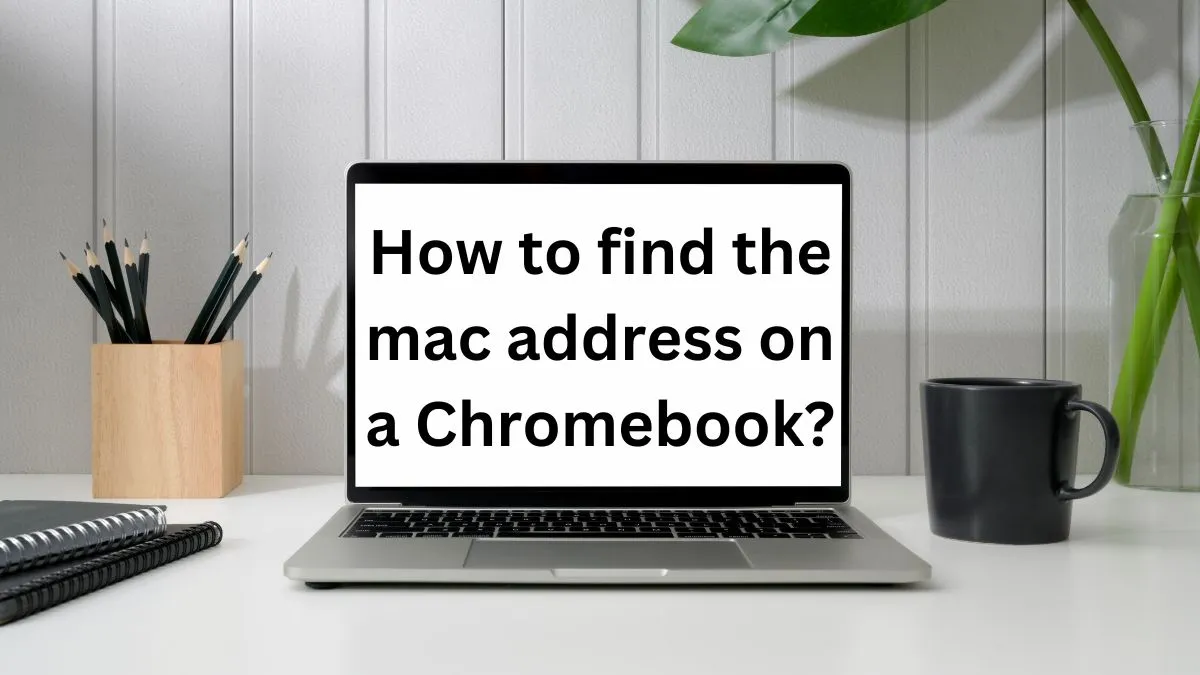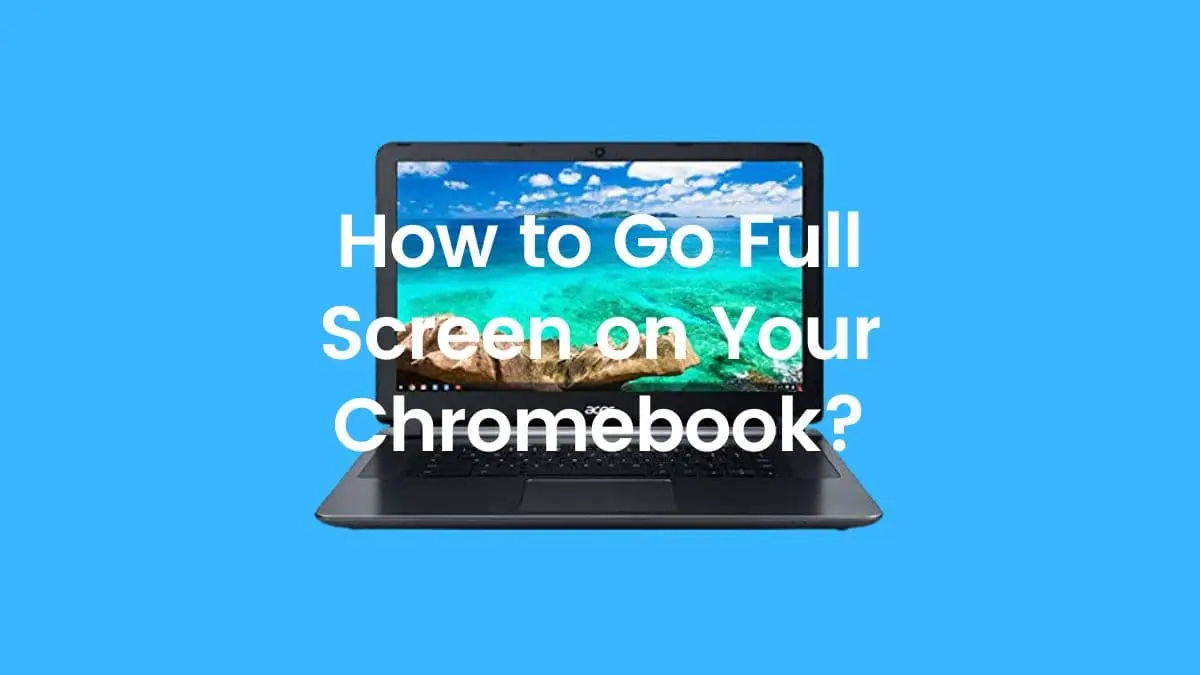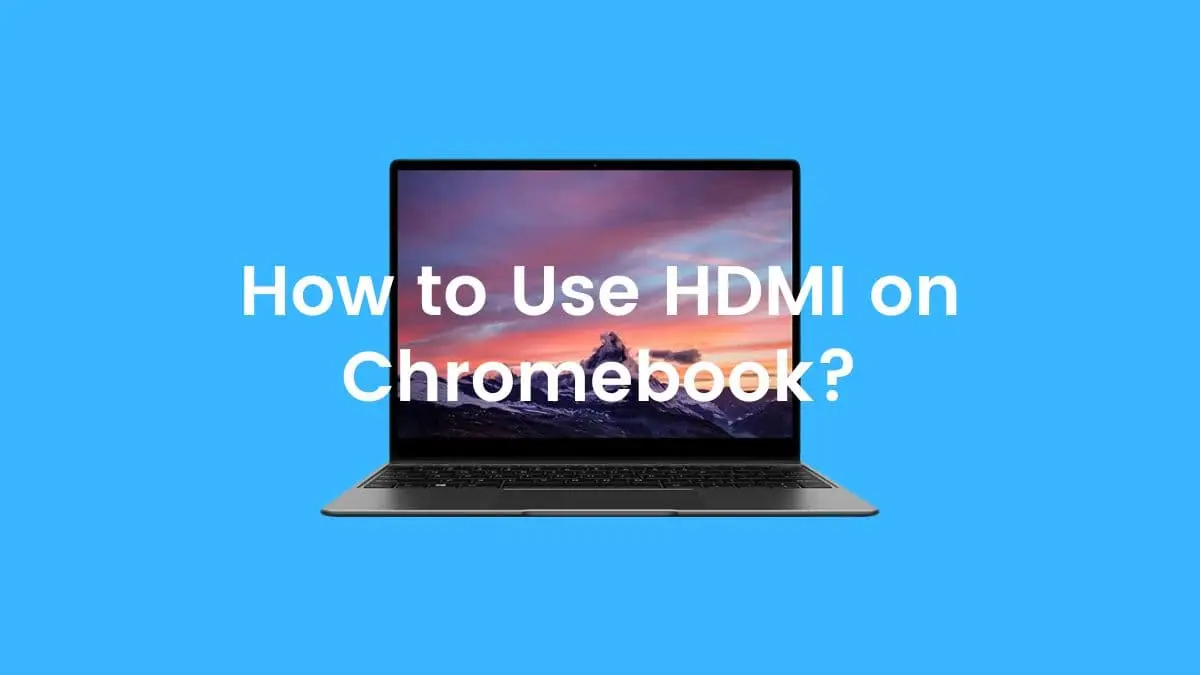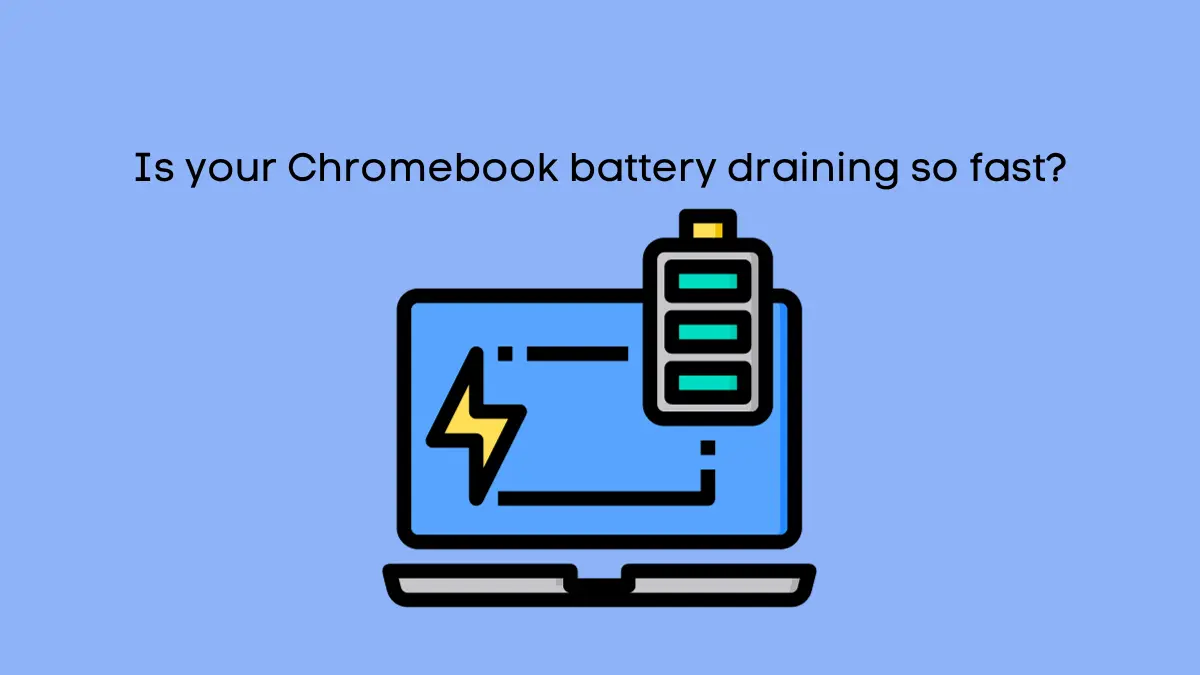Pop ups can be incredibly annoying, especially when you’re just trying to get some work done on your Chromebook.
Fortunately, there are ways you can block pop ups from appearing and interrupting your workflow.
In this article, we will discuss five secure ways to block pop up ads on your Chromebook.
5 secure ways to block pop ups on a Chromebook
Here are 5 different ways to block pop-ups on Chromebooks:
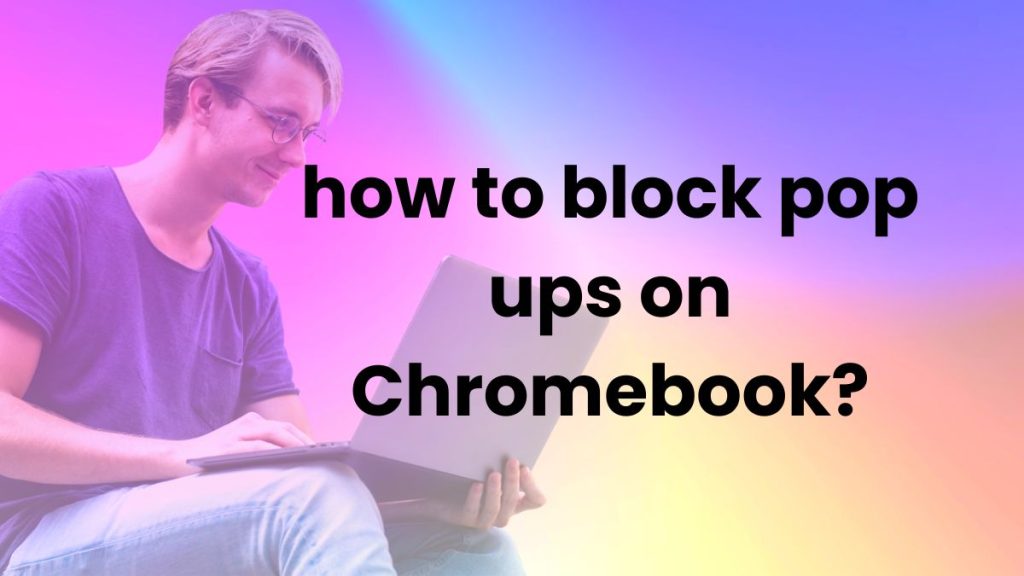
Method 1: Use a Pop-Up Blocker:
The most effective way to block pop-ups on your Chromebook is to use a dedicated pop-up blocker. There are a number of free and paid options available, such as AdBlock Plus and Poper Blocker.
To install one of these programs, simply open the Chrome Web Store and search for ‘pop-up blockers’ or similar terms.
Alternatively, you can manually block each pop-up window as it appears by selecting the three dots icon in the top right corner of your browser window and then clicking on ‘block this pop-up’.
Method 2: Adjust Your Browser Settings:
You can also adjust your browser settings to help reduce the amount of pop-ups you encounter. To do this, click the three dots icon in the top right corner of your browser window and select ‘settings’.
Here, you can change a variety of settings related to pop-up blocking such as allowing notifications from certain websites or disabling JavaScript.
Method 3: Install an Anti-Virus Program:
Another way to block pop-ups is to install an anti-virus program on your Chromebook. Many free programs are available, such as Avast and AVG Free Antivirus for Chrome OS.
These programs will protect your system from malicious software and also provide additional features such as parental controls and device optimization tools.
Method 4: Use Incognito Mode:
Incognito mode is a special browsing mode available in Google Chrome which stops websites from storing information about your browsing activity. To use this mode, click on the three dots icon and select ‘New Incognito Window’.
This will open a new window where no information is stored or tracked. However, it only works for the current session; when you close the window, all of your changes will be lost.
Method 5: Turn Off Extensions:
Finally, if you have installed any browser extensions on your Chromebook they may also be responsible for displaying pop-ups. To disable them, click the three dots icon and select ‘More tools’ followed by ‘Extensions’.
Here you can view a list of all installed extensions and remove any that are unnecessary or undesired. By following these steps, you can easily and effectively block pop-ups on your Chromebook.
Different types of Pop Ups on Chromebooks:
There are several types of pop-ups that you may encounter on your Chromebook. These include:

1. Ads:
These can range from simple banner ads to more intrusive ads such as interstitials and auto-playing video ads.
They can be very annoying, especially if they start playing audio without warning.
2. Malicious Popups:
These are usually messages that appear on your browser window asking you to download something or enter personal information. They can contain malicious software and are best avoided if possible.
3. Browser Toolbars:
Some pop-ups may be disguised as browser toolbars. These will often hijack your browser and cause it to run slowly, display ads, or redirect you to suspicious websites.
4. Coupons:
Many websites offer coupons in the form of pop-ups, which can help you save money when shopping online. While they can be useful, it is important to research the company before giving out any personal information or downloading anything from them.
5. Warnings:
You may also encounter pop-ups that appear to be warnings about viruses or malware. These are usually scams and should be avoided at all costs.
Why do you want to block Pop-Ups on your Chromebook?
It is important to block pop-ups on your Chromebook for a number of reasons.
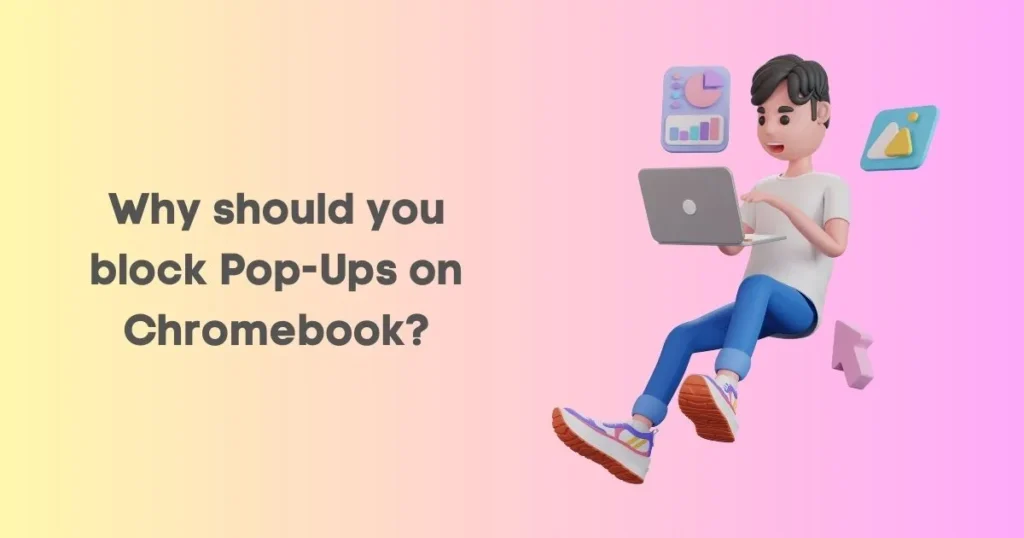
1. Annoying:
Pop-ups can be very annoying, especially when they appear unexpectedly and start playing audio. This can be distracting and disrupt your browsing experience.
2. Security:
Pop-ups can also contain malicious software or attempt to steal personal information. It is important to block these pop-ups in order to protect your Chromebook from potential threats.
3. Performance:
Pop-ups can also cause your browser to run slowly or crash. Blocking them can help keep your browsing experience smoother and more efficient.
4. Data Usage:
Some pop-ups may contain large amounts of data, which can quickly add up if left unchecked. Blocking them will help reduce the amount of data you use while browsing the web.
5. Ads:
Many websites contain ads in the form of pop-ups, which can be distracting and intrusive when trying to read an article or watch a video. Blocking them will make it easier to focus on what you are doing without being interrupted by intrusive advertisements.
Some alternatives to blocking Pop-ups:
If you’re not keen on blocking pop-ups, there are some alternatives available.

1. Whitelisting: For sites that you trust, whitelisting is a great way to allow certain pop-ups while blocking out the rest. To do this, open the Settings menu from your browser and select Advanced > Content settings > Pop-ups. Here you can choose Allow or Block for specific websites.
2. Ad Blocking Extension: If you don’t want to manually whitelist sites, you can use an ad-blocking extension. There are a few options available, such as AdBlock Plus and uBlock Origin, which will block all ads from your browser. These extensions are free and easy to install from the Chrome Web Store.
3. Use Anti-Virus Software: If you’re concerned about malicious pop-ups, installing anti-virus software is a great way to protect your data. Popular tools like Avast and Norton Security can be installed on your Chromebook and will scan all incoming files for malware.
Why am I getting pop-up ads all of a sudden?
Pop-up ads can be the result of adware, malicious software or settings enabled by your browser.
It’s important to run an antivirus scan and review your browser settings to ensure they are configured correctly.
How do I fix pop-up blocker on Gmail?
If you are having trouble with your pop-up blocker on Gmail, first try clearing your browser’s cache and cookies.
To do so, open the Chrome browser, click the three vertical dots in the top right corner of the screen and select “Settings” from the drop down menu.
From there, scroll down until you find the “Privacy and Security” section and click on “Clear browsing data”.
Conclusion
Blocking pop-ups on Chromebooks is easy if you know where to look for the settings or extensions that can help.
By leveraging anti-virus software, disabling personalized ads in Gmail, turning on restricted mode in YouTube, and unchecking show recommendations in Google Play you can effectively reduce the amount of pop-ups and distractions you encounter while using your Chromebook.

